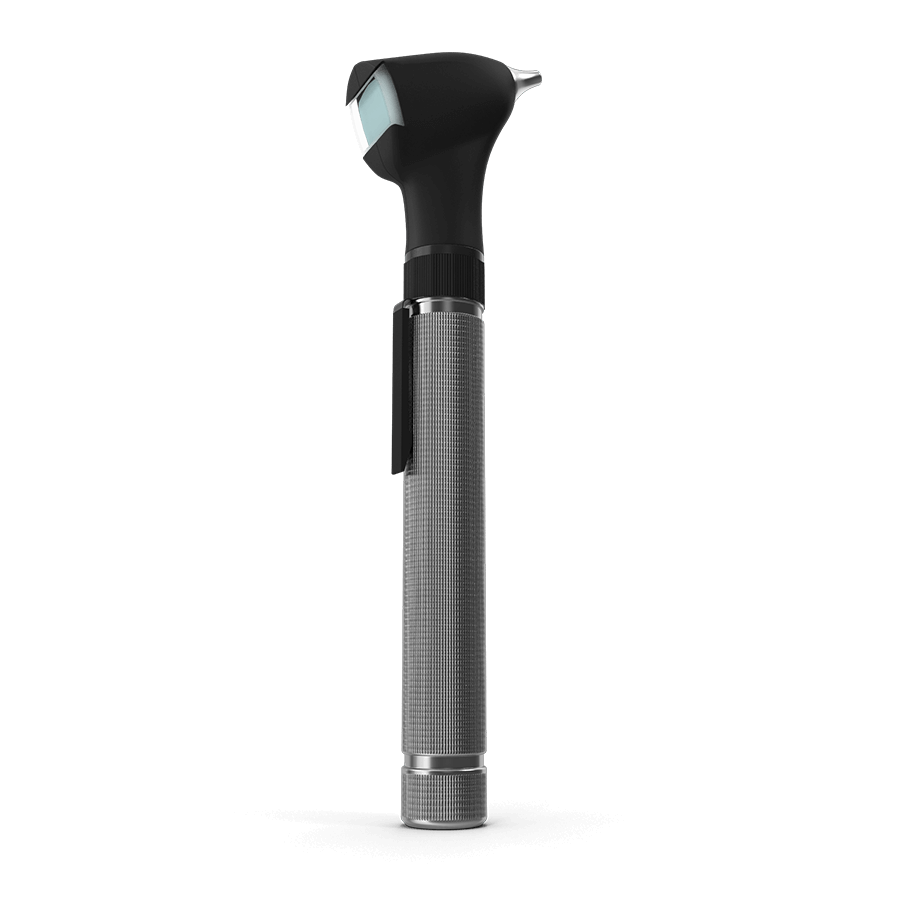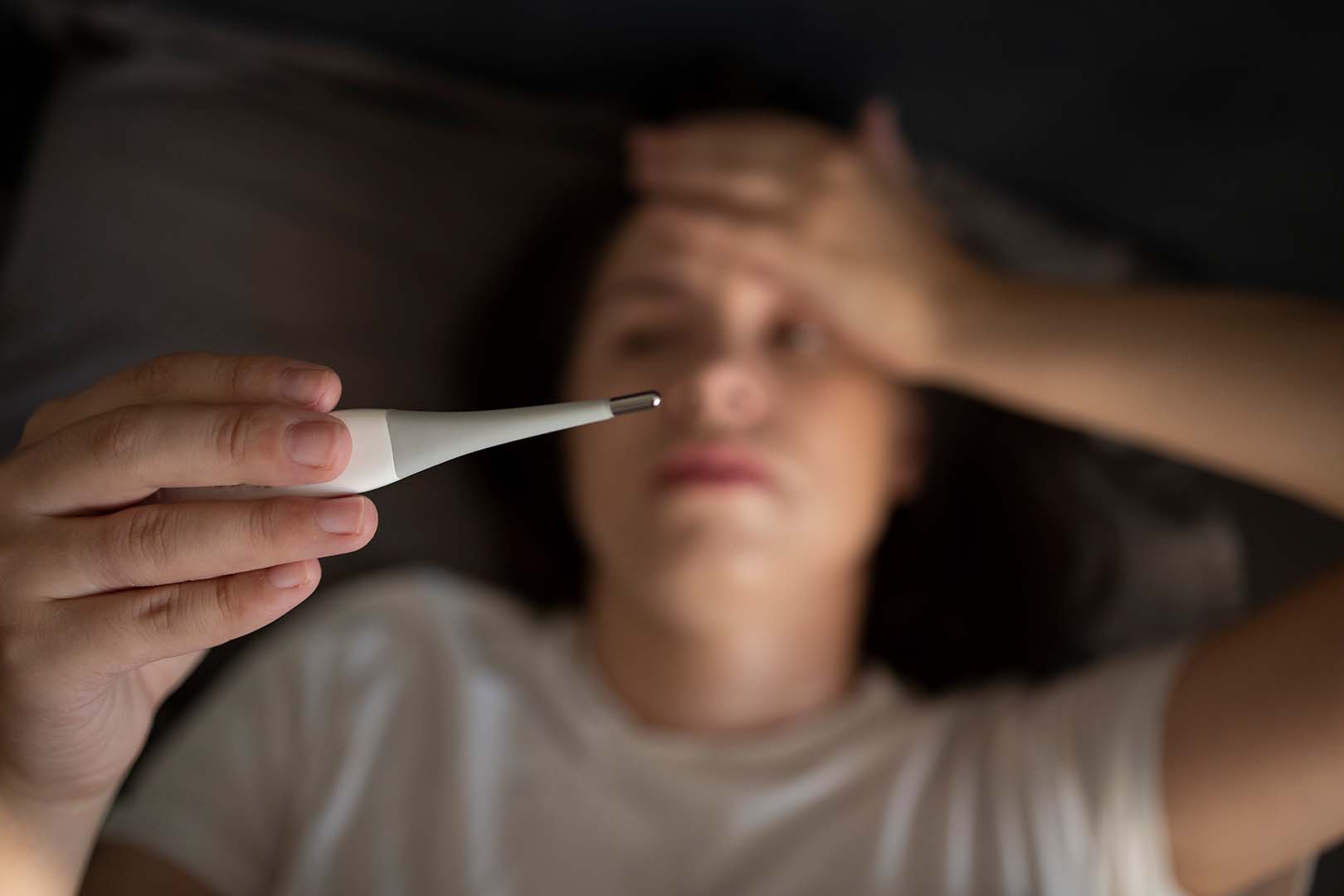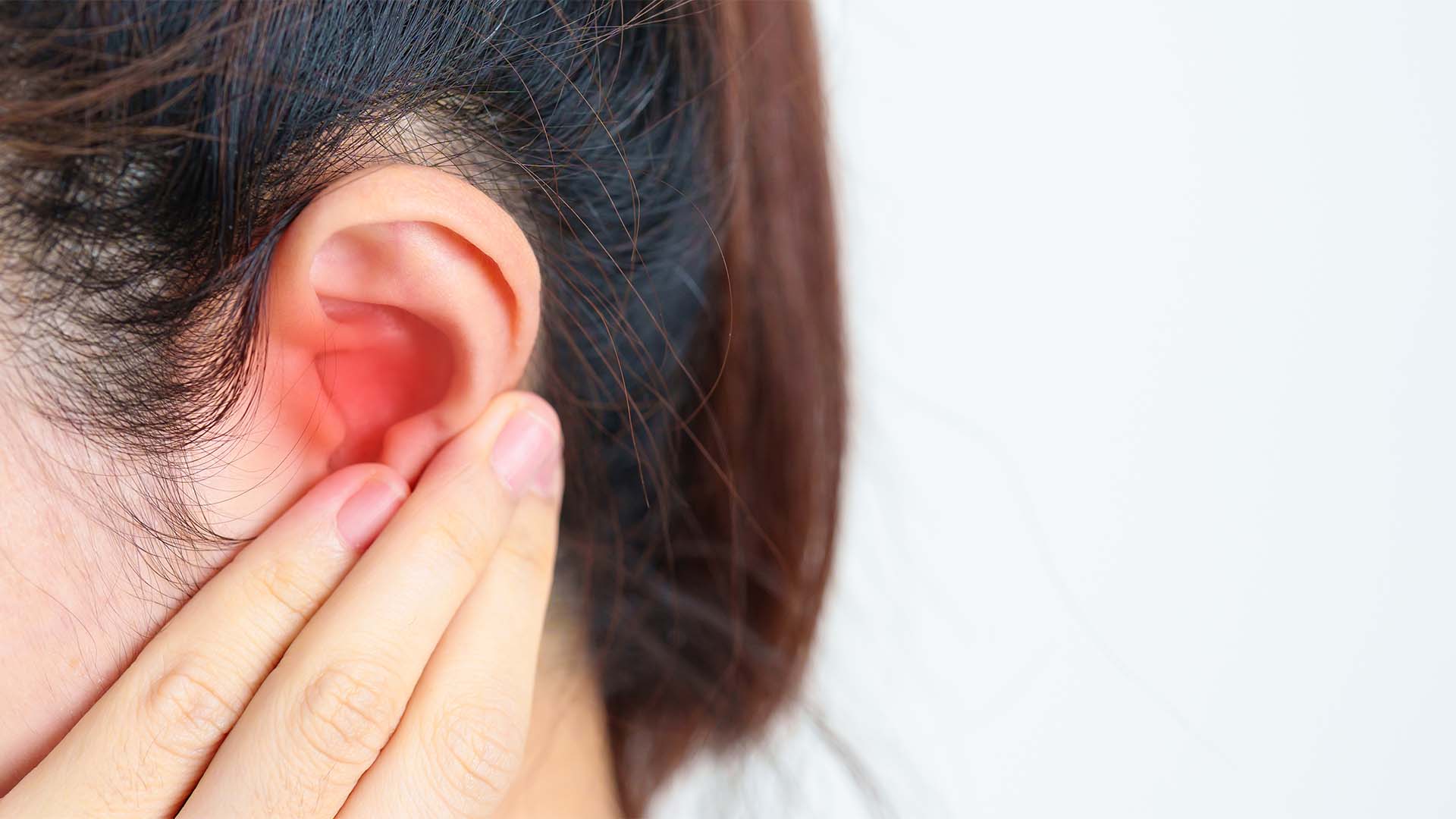Table of Contents
As the weather turns and we spend more time indoors, conversation has to compete with hard walls, clattering crockery and background music. For many people — including those with typical hearing — restaurants and family gatherings can feel like a fog of overlapping voices. The goal isn’t to “power through” or shout; it’s to stack the odds in favour of clear speech. What follows is a practical, evidence-led guide to hearing better in busy rooms, with steps you can try tonight and options to discuss with a hearing professional if you use hearing aids or other devices.
Why indoor spaces challenge speech
Indoors, three factors tend to work against us: reverberation (sound bouncing off hard surfaces), competing noise (other diners, coffee machines, music) and distance from the person we’re trying to hear. The more echo and background noise, and the further the voice, the poorer the signal-to-noise ratio — the balance your brain needs to pick out speech. Even people with excellent hearing report difficulty in these conditions, so if you’ve noticed you’re working harder, you’re not alone.
Choose the venue — and the spot — with sound in mind
Rooms sound different. You’ll usually hear speech more easily in spaces with soft furnishings (curtains, rugs, upholstered chairs, plants, bookshelves) than in bare, minimalist rooms. If you can, aim for:
• A table away from speakers, the bar, kitchen pass, coffee grinder or hand-dryer corridor.
• A corner or wall-side table with one hard surface behind you and the room in front — this helps shield some noise and brings your companion into your “listening beam”.
• Small group sizes or seating that puts your key speaker closer. In a group, it’s reasonable to rotate the “near seat” for anyone who finds it harder.
• Even, front-facing light (no strong back-lighting) so faces and lip-cues are easy to see.
Tweak the home soundscape
At home, small changes reduce echo and competing noise and make voices land more clearly:
• Soften rooms with rugs, curtains, cushions and bookcases.
• Use “quiet” cycles and rubber feet under appliances; shut a door on laundry or extractors when chatting.
• Face each other; put the better-hearing ear towards your main speaker.
• Keep lighting bright and even; avoid seating that leaves a light behind the talker’s head.
• For TV with others, consider captions and a dialogue-enhancing sound mode so the whole room isn’t louder than necessary.
How to speak so speech is easier
Communication style makes a measurable difference. Good practice includes:
• Gaining attention before you speak (saying the person’s name, a light touch on the arm in family settings).
• Facing the person, speaking clearly at a natural pace, and rephrasing rather than repeating the same words if they miss something.
• Pausing background sound for key moments (mute TV/radio, ask a waiter to reduce music near the table if feasible).
• In groups, one voice at a time — it sounds simple, but it’s one of the most effective changes for everyone.
Manage listening “dose”
Loudness × time drives fatigue. If the venue is noisy, short “quiet windows” help: step to the foyer for two minutes between courses; take a short walk at a family gathering; or choose the earlier sitting, when rooms are typically calmer. If you leave with ringing or a “stuffed” feeling, next time try an earlier slot or a table further from the sound sources.
Make technology work for you
If you use hearing aids, a few evidence-supported features can lift speech in noise:
• Directional microphones: These focus on sound from in front and suppress some sound from behind. Trials show they can improve the effective signal-to-noise ratio when you’re facing your talker — most helpful at a small table or bar where you can orient yourself towards the main voice.
• Remote microphones: A clip-on or tabletop mic sending the talker’s voice directly to your aids can deliver a clearer, closer signal in noise. Evidence shows significant gains in speech recognition compared with hearing aids alone in challenging environments.
• Programmes or apps: Many modern aids include a “speech in noise” or “restaurant” programme that tightens directionality or reduces low-frequency rumble. A quick demonstration with your clinician can help you use these confidently.
• Connectivity for TV at home: TV streamers or speakers with a “speech” mode can reduce the need to raise the overall room volume, keeping conversation comfortable.
If you don’t use hearing aids but still struggle in noise, a conversation with a clinician is worthwhile. Sometimes wax removal or treating a middle-ear pressure issue changes things significantly; sometimes a trial of assistive listening tech for specific settings (TV, meetings, dining out) is the most efficient step.
Plan the room; plan the evening
A little forethought goes a long way:
• Book earlier in the evening or mid-week when restaurants are quieter.
• Ask for a table away from speakers or the coffee station.
• For family gatherings, set a “conversation zone” — a table with the TV off and a small lamp facing the listeners.
• Split large groups across two nearby tables so each conversation stays within comfortable distance.
Safe listening still applies indoors
Some venues run at levels that feel more like a concert than a café. Even if you can follow conversation, sustained loud levels can leave ears tired and speech less clear later in the evening. If a room is uncomfortably loud, it’s reasonable to use musician-style earplugs for the noisiest periods, choose seats further from loudspeakers, or ask staff to lower the volume near your table if they can. Protecting comfort now often means better conversation later.
Do consider an appointment if:
• You regularly turn the TV up beyond others’ comfort, or you struggle to follow speech in restaurants even after trying the steps above.
• You feel unusually drained after social events or find you avoid them.
• Family or friends notice you mishear or answer off-topic in group settings.
• You’ve had ear infections, ear pain, a sense of blockage, or persistent ringing.
An assessment can check ear health, measure how you hear speech in noise, explain your results in plain language, and tailor options — from simple medical care to devices and communication strategies that match how and where you live.
Putting it together — a realistic evening plan
Imagine a Friday dinner with friends. You book for 19:00 rather than 21:00. On arrival, you ask for a table away from the speakers and face the room with your better-hearing ear towards your main speaker. You agree to pause music during ordering and dessert. You use your aids’ “restaurant” setting and place a small remote microphone near the centre of the table. Twice in the evening you take a short breather in a quieter spot. Conversation feels more natural, and you leave with energy in the tank.
Conclusion
Hearing well indoors isn’t about shouting over the room; it’s about nudging the environment, the conversation and (when relevant) the technology so speech has a fair chance. Soft furnishings, smart seating and lighting, clear conversational habits and proven devices can turn a noisy blur into something you can follow and enjoy. If listening has become hard work, a calm professional review can personalise these ideas — so autumn and winter gatherings feel like something to look forward to again.
Scientific References
•https://www.nice.org.uk/guidance/ng98
•https://rnid.org.uk/information-and-support/hearing-loss/living-with-hearing-loss/communication-tips/
•https://rnid.org.uk/wp-content/uploads/2020/05/SpeakEasy-report-1.pdf
•https://pmc.ncbi.nlm.nih.gov/articles/PMC3723379/
•https://pmc.ncbi.nlm.nih.gov/articles/PMC8072043/
•https://www.tandfonline.com/doi/full/10.1080/14992027.2024.2354500
• https://www.who.int/publications/i/item/9789240043114
• https://www.nidcd.nih.gov/health/noise-induced-hearing-loss








